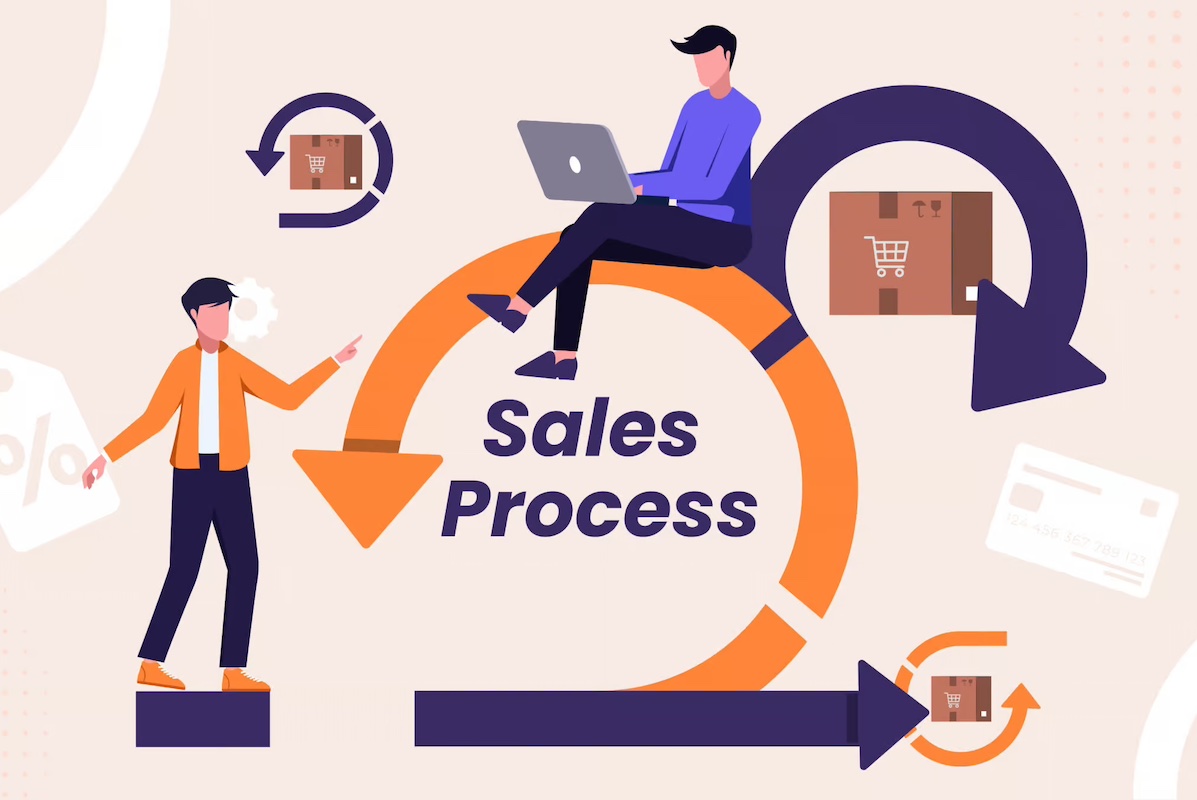Optimizing Your Sales Process: Steps to Boost Efficiency and Revenue
Optimizing the sales process is crucial for businesses aiming to enhance efficiency, streamline operations, and ultimately increase revenue. A well-defined and optimized sales process not only improves the overall customer experience but also empowers sales teams to work more effectively towards closing deals. This comprehensive guide explores key steps and strategies to optimize your sales process, ensuring sustainable growth and competitive advantage in today's market.
Understanding the Sales Process
The sales process refers to the series of steps or stages that a potential customer goes through before making a purchase. While specific stages may vary depending on the industry and business model, common stages include:
- Prospecting: Identifying potential customers who have a need or interest in your products or services.
- Qualification: Determining whether the prospect has the budget, authority, need, and timeline (BANT criteria) to make a purchase.
- Discovery: Understanding the prospect's pain points, challenges, and specific requirements through effective questioning and active listening.
- Presentation: Presenting your product or service as a solution that addresses the prospect's needs and offers value.
- Handling Objections: Addressing concerns or objections raised by the prospect and providing reassurance or additional information as needed.
- Closing: Securing the commitment from the prospect to move forward with the purchase.
- Follow-up: Nurturing the relationship post-sale to encourage repeat business and referrals.
Steps to Optimize Your Sales Process
Optimizing the sales process involves identifying inefficiencies, implementing improvements, and leveraging technology to streamline workflows. Here are essential steps to optimize your sales process:
1. Analyze and Map Your Current Sales Process
Start by mapping out your existing sales process from lead generation to closing deals. Identify each stage, the actions taken, and the typical timeframes involved. This analysis helps uncover bottlenecks, redundancies, and areas for improvement.
2. Define Clear Goals and Objectives
Set specific, measurable goals for your sales process optimization efforts. Whether it's reducing the sales cycle time, increasing conversion rates, or improving customer satisfaction, clear objectives provide direction and benchmarks for success.
3. Identify and Prioritize Key Metrics
Determine which key performance indicators (KPIs) are most relevant to measuring the effectiveness of your sales process. These may include lead-to-opportunity conversion rates, win rates, average deal size, and sales velocity. Regularly monitor and analyze these metrics to track progress and identify areas needing attention.
4. Streamline Lead Management and Qualification
Implement lead management best practices to ensure timely and effective follow-up on leads. Use lead scoring models to prioritize leads based on their likelihood to convert, ensuring that your sales team focuses their efforts on high-potential opportunities.
5. Enhance Sales Training and Enablement
Invest in comprehensive sales training programs that equip your team with the skills, knowledge, and tools needed to succeed at each stage of the sales process. Provide ongoing coaching and support to reinforce learning and address skill gaps.
6. Leverage Technology and Automation
Utilize sales enablement tools, customer relationship management (CRM) systems, and automation software to streamline repetitive tasks, automate follow-ups, and provide valuable insights into customer behavior. Integration of these technologies improves efficiency and allows for more personalized interactions with prospects and customers.
7. Improve Communication and Collaboration
Facilitate seamless communication and collaboration between sales teams, marketing departments, and other stakeholders involved in the sales process. Clear communication ensures alignment on goals, strategies, and customer expectations, leading to smoother transitions between sales stages.
8. Implement Feedback Loops and Continuous Improvement
Establish mechanisms for gathering feedback from both customers and sales team members. Use this feedback to identify pain points, areas of friction, and opportunities for enhancement within the sales process. Continuously iterate and improve based on these insights to optimize performance over time.
9. Monitor Competitor Strategies and Market Trends
Stay informed about industry trends, competitor strategies, and changes in customer preferences. Adapt your sales process accordingly to remain agile and responsive to market dynamics, ensuring your approach remains relevant and competitive.
10. Measure Results and Iterate
Regularly assess the impact of your sales process optimization efforts against established goals and KPIs. Celebrate successes, identify areas for further improvement, and iterate on your strategies to maintain momentum and drive continuous growth.
Case Studies and Examples
Illustrate the effectiveness of optimized sales processes with case studies and examples from your own organization or industry. Highlight specific challenges addressed, strategies implemented, and measurable outcomes achieved, such as shortened sales cycles, increased conversion rates, or improved customer satisfaction scores.
Optimizing your sales process is an ongoing journey that requires strategic planning, continuous evaluation, and adaptation to evolving market conditions. By focusing on efficiency, customer-centricity, and leveraging technology and best practices, businesses can achieve significant improvements in sales performance and profitability.
Embrace the opportunity to optimize your sales process as a means to differentiate your organization, enhance customer relationships, and drive sustainable business growth. With a well-optimized sales process in place, your team will be empowered to navigate challenges, capitalize on opportunities, and consistently deliver value to customers, ultimately propelling your business towards continued success.
Implement these steps and strategies to transform your sales process into a competitive advantage, ensuring long-term viability and profitability in today's competitive marketplace.






































